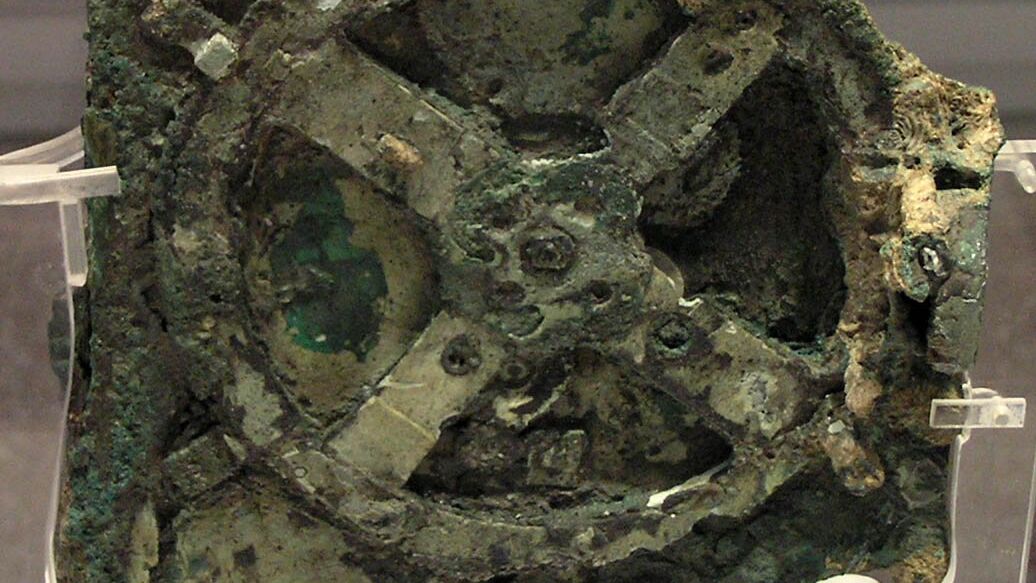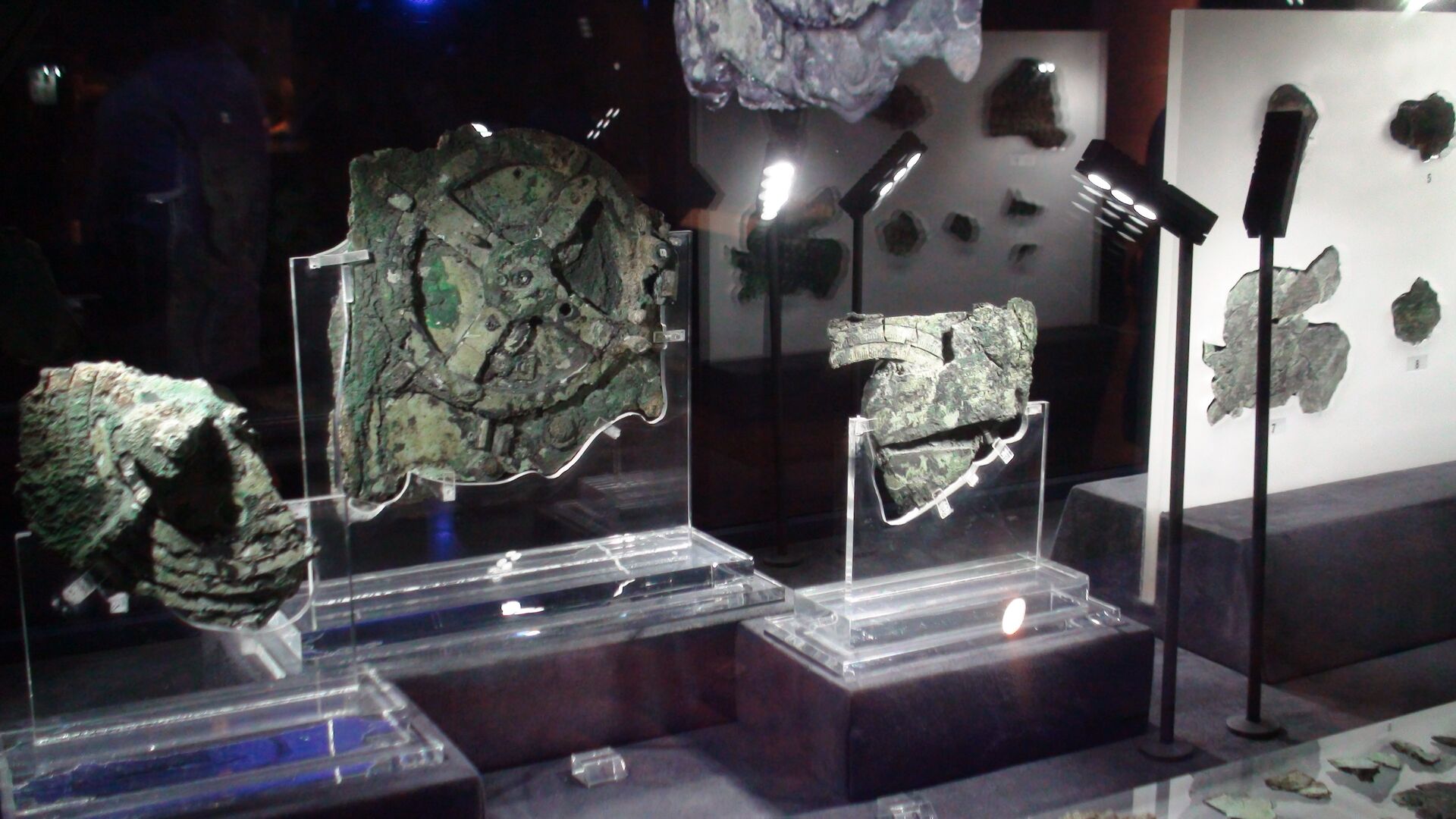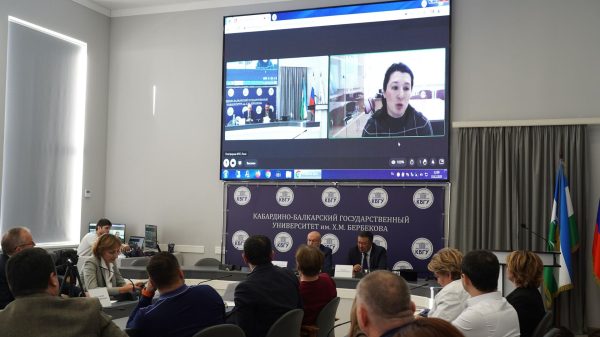
< strong>MOSCOW, July 14, Zakhar AndreevThe Antikythera mechanism, the oldest analog computer, has only been partially preserved. Now the missing elements have been restored — for this we had to use methods from astrophysics. But, as often happens, the solution to one riddle gave rise to new ones.
The first computer
The wreckage of an ancient ship off the island of Antikythera (or Antikythera) was discovered by divers in 1900. Several masterpieces of ancient sculpture were brought to the surface. Suddenly, among the fragments, which at first were taken for fragments of sculptures, they saw gears. The bronze parts were corroded and covered with marine sediments.
A total of three parts of the device were found. Since the 1950s, they have been closely studied using the methods of modern science. For example, we used computed tomography. The result was a convincing reconstruction.
It turned out that the mechanism was an early example of an analog computer, which made it possible to calculate the movement of celestial bodies and predict four dozen astronomical events, in particular solar eclipses and the positions of the planets.
The product that fell into the hands of scientists was dated to the 2nd century BC . It is known from written sources that similar systems were designed by Archimedes, who lived a hundred years earlier.
Astrophysicists' Vacations
Almost all possible elements of the mechanism have been reconstructed today. Among them: 30 bronze gears, bronze panels with arrows, wooden case. It remained unclear which calendar was used. In those days there were two: the lunar ancient Greek (354 days) and the Egyptian (365). The days were marked by holes on a special bronze ring, partially preserved.
Vlogger Chris Budicelic decided to make a copy of the ring. His calculations showed that the number could vary from 347 to 367. Astrophysicists from the University of Glasgow undertook to clarify these data in their free time. Their research was published in The Horological Journal.
Professor Graham Vaughan from the School of Physics and Astronomy spent the Christmas holidays trying to determine the number of holes. He used Bayesian analysis, a method used to calculate random variables. The result: 354 or 355 holes.
Vaughan's colleague Joseph Bailey of the university's Institute for Gravitational Research went further and adapted an instrument from the most complex field of astrophysics for the same purpose.
Black holes and the ancient Greeks
As Albert Einstein showed with his general theory of relativity, space and time are one. Due to the movement of objects with mass, something like ripples pass through it — gravitational waves. The more massive the object, the more noticeable they are. But even the strongest ones are not easy to notice — the curvature does not exceed thousandths of a proton or neutron.
To capture these waves, LIGO was built — two observatories on opposite ends of the continental United States. They record the wave with a difference of ten milliseconds, which makes it possible to identify the source. The first time such a curvature was caught was in 2015, when two black stars merged.
LIGO requires fine tuning, and data observatories — the most accurate interpretation. Bailey adapted analytical methods to study the Antikythera mechanism. The most complex calculations gave the same answer: 354 or 355. Thus, the assumption that the calendar was lunar was confirmed.
The radius of the calendar ring was 77.1 millimeters. The holes were positioned “with extraordinary precision”: the distance between each was only 0.028 millimeters.
Bailey admired the work of ancient craftsmen: “The location of the holes required highly precise measuring methods and an incredibly steady hand.” How the ancient Greeks managed to do this without modern devices and tools is a new question that researchers now have to answer.




















































Свежие комментарии